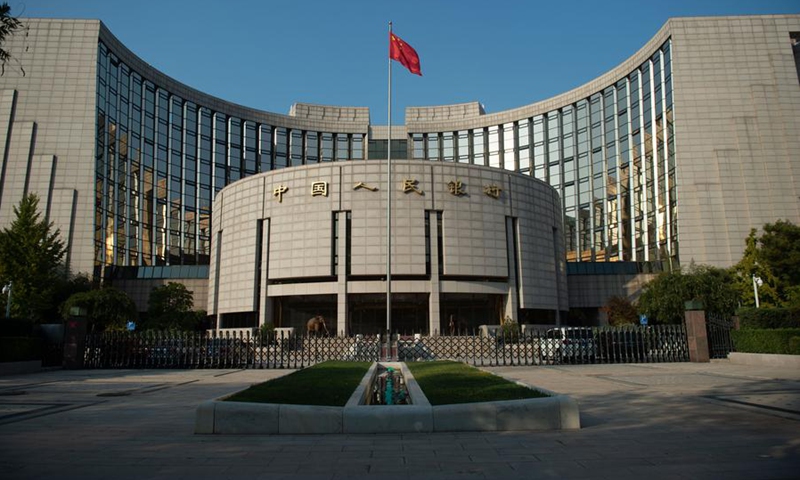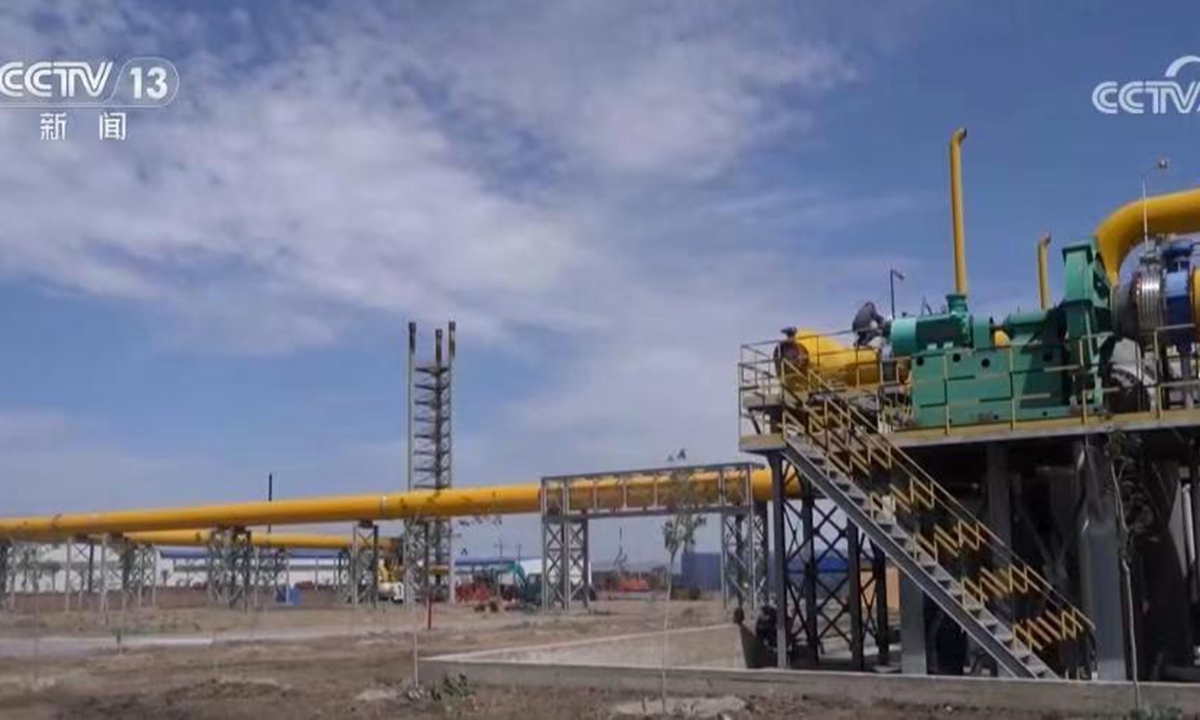

A view of the Lujiazui area in Shanghai, East China Photo: VCG
During the past week, the exchange rate of Chinese yuan has seen some fluctuations following a period of rapid appreciation.On Tuesday, the first trading day following China's seven-day National Day holidays, the People's Bank of China, the central bank, announced that the central parity rate of the yuan against the US dollar stood at 7.0709. Compared with 7.0074 on September 30, the yuan's central parity rate came down by 635 basis points (bps).
The depreciation of the yuan after the holidays was primarily a reasonable adjustment to the recent rapid appreciation of the yuan against other currencies. In the short term, the direct cause was the strong rise in the US Dollar Index, which resulted in a passive depreciation of the yuan against the dollar.
During the seven-day Golden Week holidays, the US government released employment data showing an increase in nonfarm payrolls for September and an improvement in the employment data, which exceed market expectations. This has cooled market expectations for another 50-bps interest rate cut by the US Federal Reserve (Fed) in November, further driving the continued rise of the dollar.
However, there is currently no inherent depreciation pressure on the yuan. Before China introduced a package of financial support policies on September 24, the market had already priced in the outlook for China's economy this year. Therefore, the recent rebound in the yuan's exchange rate against the US dollar had begun at the end of July, and by September 24, the currency had risen to below 7.10 against the greenback.
The stronger-than-expected comprehensive package of stimulus policies introduced in late September has greatly improved market expectations for the prospects of China's economic recovery and future development.
In the coming months, the implementation of the announced pro-growth stimulus policies will produce due effect. Unless there are policies or implementations that do not accord with expectations, market expectations will remain stable and largely positive.
Furthermore, the exchange rate is a comparative relationship between the two currencies. We cannot focus solely on the situation in China - we also need to pay attention to the pace and intensity of the US Fed's monetary policy moves.
The multiple factors influencing the medium and long-term trend of the yuan's exchange rate include economic growth, monetary policy, financial markets, geopolitical issues and unexpected risk factors.
From an external perspective, the uncertainties that need to be monitored include the US Fed's monetary policy and fluctuations in the financial markets, triggered by varying expectations regarding the US economic growth outlook, which may affect investors' appetite.
Additionally, geopolitical events, such as concerns over the potential escalation in the Middle East and the upcoming US presidential elections, are also important considerations.
From the perspective of the domestic economic situation in China, the yuan's exchange rate has a relatively stable and solid foundation.
On the one hand, China's economy is still growing steadily, especially after China implemented measures to strengthen anti-cyclical macroeconomic regulation and introduced a package of new stimulus policies that led to a recovery and positive momentum that is expected to shore up the market.
On the other hand, China has a solid foundation for a relatively balanced international payment account, with a significant surplus in the current account, particularly in goods trade.
In mid-July, the 20th Central Committee of the Communist Party of China held its third plenary session, where it outlined a comprehensive plan for deepening reforms. We can expect a range of new reform and opening-up measures that will take effect and enhance China's economic growth prospects.
The author is global chief economist at BOCI China under Bank of China. bizopinion@globaltimes.com.cn



